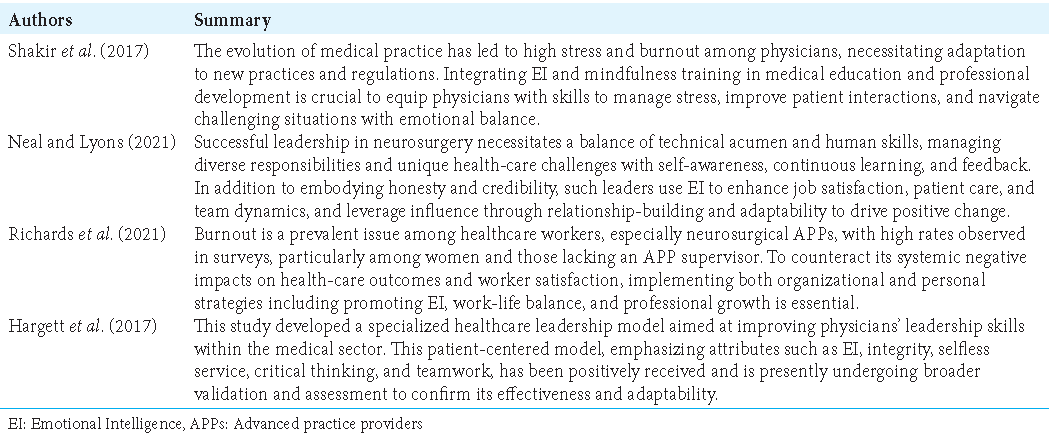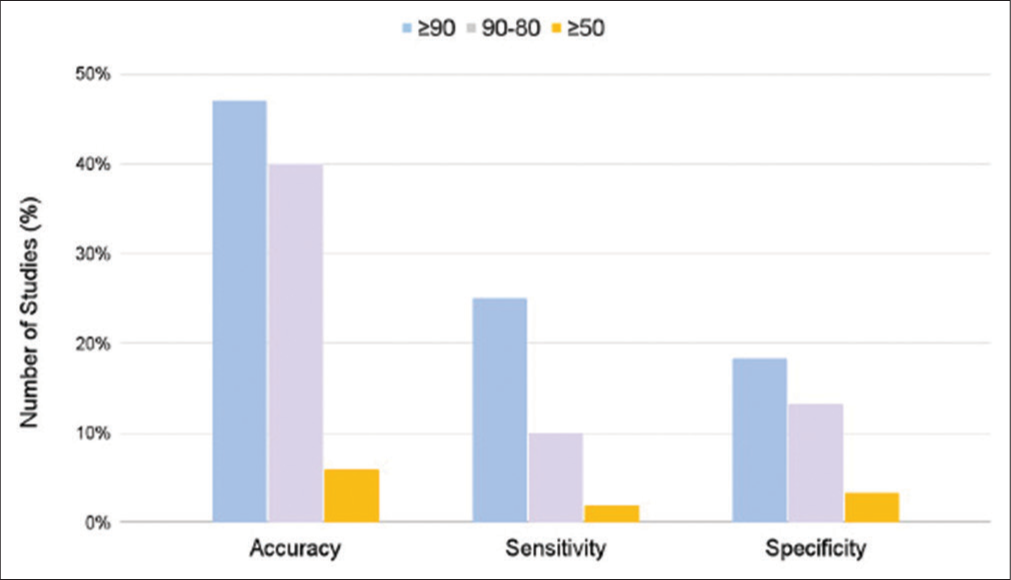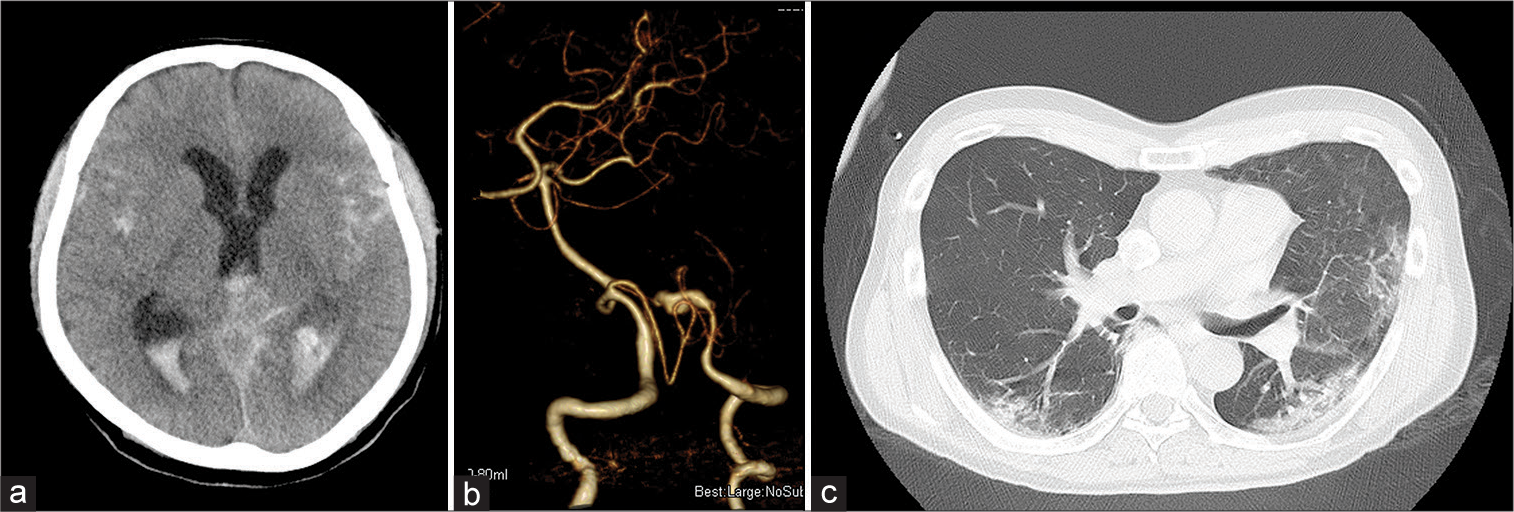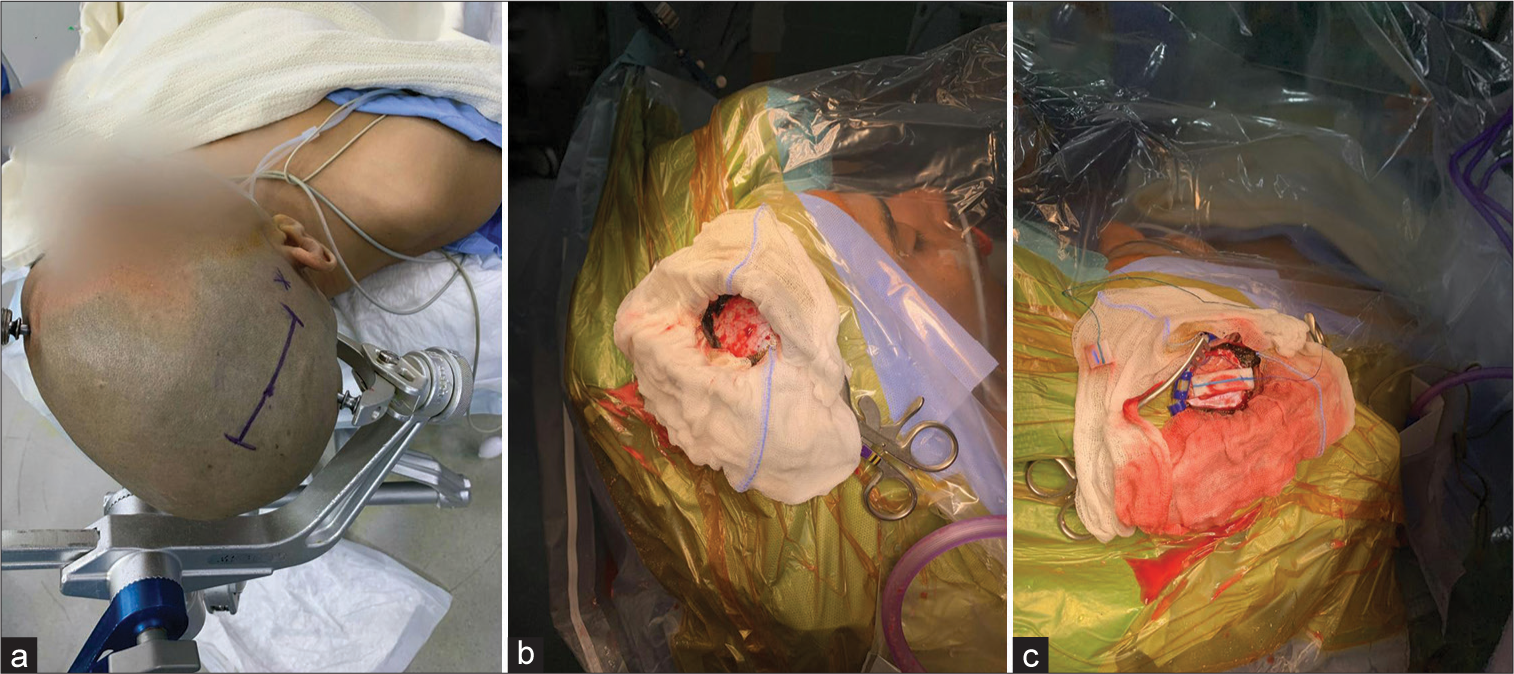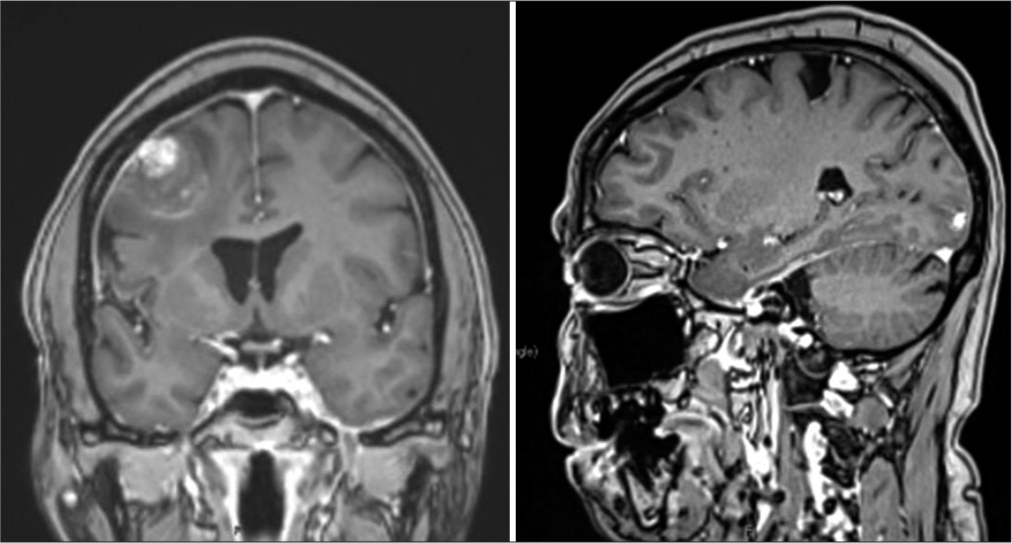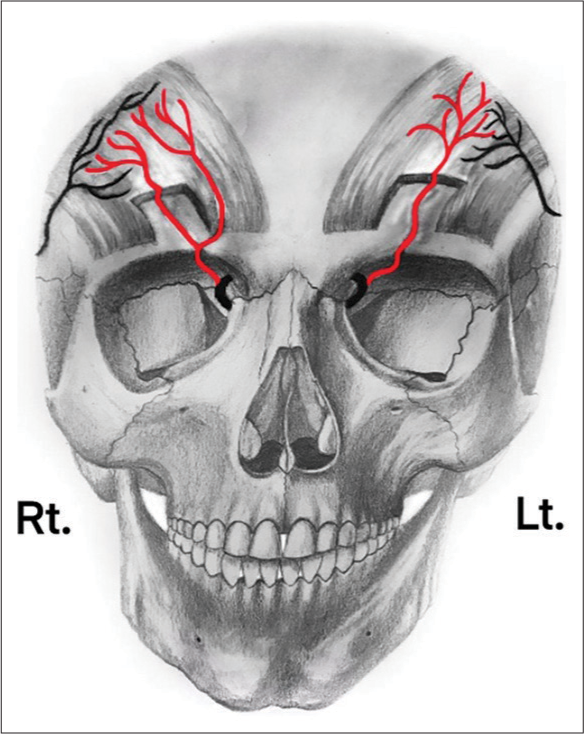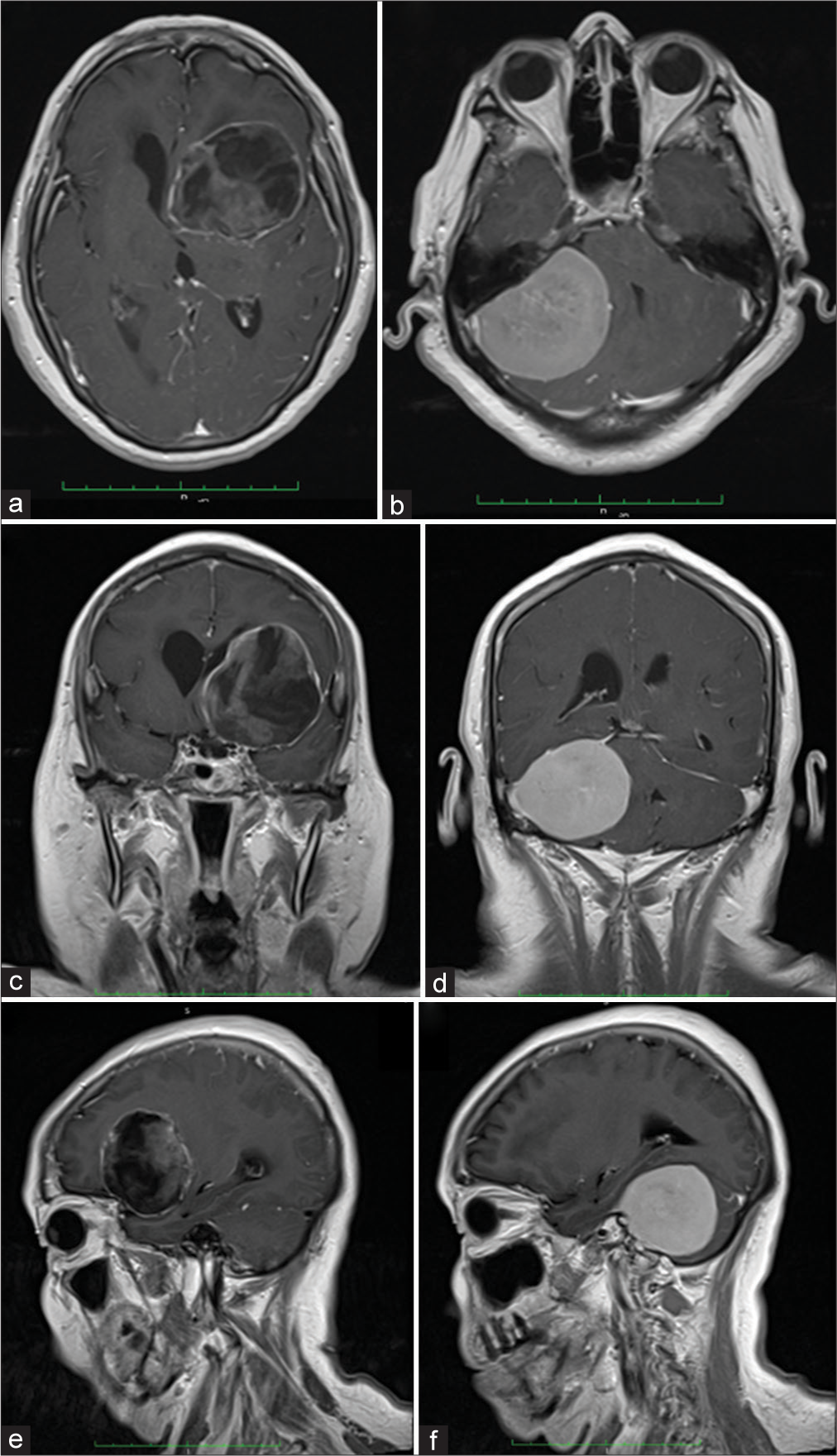Emotional intelligence in neurosurgery: Mitigating burnout and enhancing performance
Date of publication: 15-Sep-2023
Background: This study underscores the high burnout rates among physicians, particularly surgical residents, attributing it to the demanding health-care ecosystem. It highlights the negative impacts of burnout, such as medical errors and increased health-care costs, while exploring the potential mitigating role of emotional intelligence (EI) and mindfulness. The research aimed to analyze the existing literature on EI in neurosurgery, focusing on its relationship with physician burnout and its potential role in healthcare leadership and residency training programs.
Unveiling the potential application of intraoperative brain smear for brain tumor diagnosis in low-middle-income countries: A comprehensive systematic review
Date of publication: 08-Sep-2023
Background: Immediate intraoperative histopathological examination of tumor tissue is indispensable for a neurosurgeon to track surgical resection. A brain smear is a simple, rapid, and cost-effective technique, particularly important in the diagnosis of brain tumors. The study aims to determine the effectiveness of intraoperative brain smear in the diagnosis of brain tumors in low- and middle-income countries (LMICs), while also evaluating its sensitivity, specificity, positive predictive value (PPV), negative predictive value (NPV), and overall accuracy.
Early recanalization and vasospasm after endovascular treatment in a case of ruptured vertebral artery dissecting aneurysm associated with COVID-19
Date of publication: 08-Sep-2023
Background: The coronavirus disease 2019 (COVID-19) pandemic has caused significant structural changes in acute care hospitals. COVID-19-associated stroke has gained attention, with abnormal coagulation and vascular endothelial damage being recognized. While ischemic cases are commonly reported, hemorrhagic cases have also been reported. This report presents a case of ruptured vertebral artery dissection aneurysm associated with COVID-19, resulting in subarachnoid hemorrhage (SAH). The treatment course, challenges in managing cerebral vasospasm, and early recanalization achieved through endovascular therapy are described.
Awake craniotomy for fenestration of motor cortex neuroglial cyst: A case report
Date of publication: 08-Sep-2023
Background: Neuroglial cysts (NCs) are uncommon benign cysts covered by an epithelial layer, accounting for <1% of all intracranial cysts. The optimal management approach for these cysts remains a subject of debate. Given their rarity, management principles used for arachnoid cysts can be applied to NCs.
Multiple craniotomies for the resection of symptomatic multifocal intracranial metastatic cardiac myxoma: A case report
Date of publication: 08-Sep-2023
Background: Myxomas, rare benign mesenchymal lesions, are the most common cardiac tumors. Patients may rarely develop hematogenous metastasis to the brain, which can present as new-onset neurological deficits that correlate with multifocal hemorrhagic lesions on imaging. Limited guidelines presently exist for the treatment of such lesions. This report outlines a unique case involving three craniotomies and failed radiation therapy in the treatment of metastatic cardiac myxoma.
Endoscopic endonasal resection of a Drechslera hawaiiensis sphenoid fungal ball
Date of publication: 08-Sep-2023
Background: Fungal infections should always be considered in difficult-to-treat paranasal sinus conditions. Sphenoid fungal balls are characterized by the presence of dense fungal masses in the sinus cavity without invasion of surrounding tissues. This case emphasizes the importance of accurate terminology and management and also highlights the involvement of rare pathogens such as Drechslera hawaiiensis. Diagnosis is typically based on imaging studies and intraoperative findings. Accurate identification of the pathogen is crucial. Fungal infections of the paranasal sinuses, including fungus balls, can present challenges in diagnosis and treatment. D. hawaiiensis, although infrequent, can cause potential life-threatening infections.
Poorly differentiated sinonasal neuroendocrine carcinoma with skull base invasion: A case report
Date of publication: 08-Sep-2023
Background: Sinonasal neuroendocrine carcinoma is a rare head and neck tumor that represents only 5% of sinonasal neoplasms. This lesion has a high risk of invasion to adjacent structures such as the orbit, skull base, and soft tissues, with symptoms usually being nonspecific. Most cases are diagnosed in late stages, decreasing overall survival without treatment. To date, there is no consensus on management given its low prevalence; however, it has been shown that multimodal therapy, with the correct surgical approach as the mainstay, offers a better disease-free prognosis.
Supraorbital artery: Anatomical variations and neurosurgical applications
Date of publication: 08-Sep-2023
Background: The supraorbital artery (SOA) originates from the ophthalmic artery in a superomedial aspect of the orbit, exiting through the supraorbital groove to emerge onto the forehead. The SOA has important neurosurgical considerations regarding different approaches and bypasses. The SOA is poorly described in the standard anatomical textbooks. Therefore, we present this article to describe the anatomical variations of the SOA and their implications on the neurosurgical field.
A rare case of a right infratentorial meningioma and a left giant posterior communicating thrombosed aneurysm
Date of publication: 08-Sep-2023
Background: Giant intracranial aneurysms cause symptoms due to mass effect and can mimic other lesions in imaging studies. The coexistence of tumors and aneurysms is relatively rare, with meningiomas being the predominant tumors found in such cases. The relationship between these two entities is complex and represent a neurosurgical challenge.


